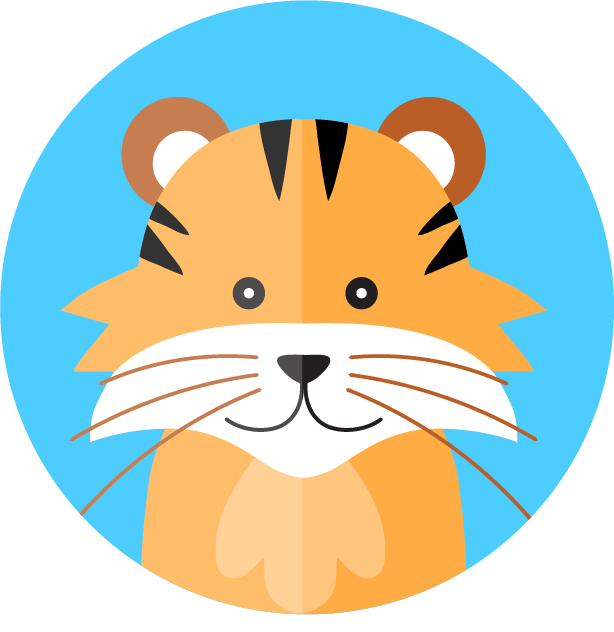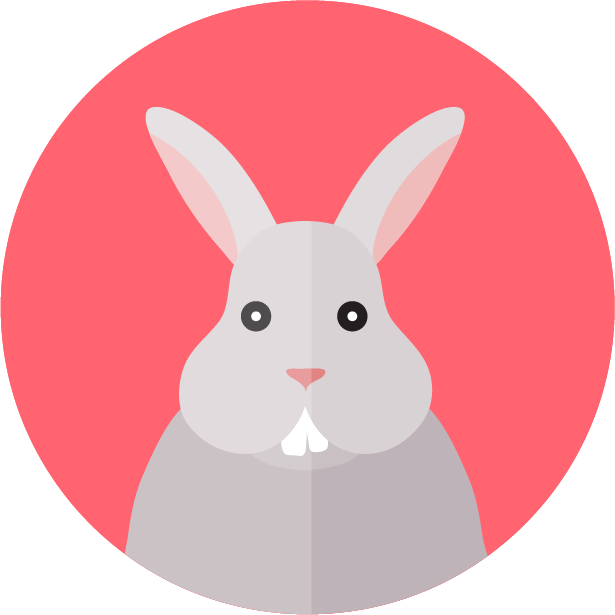MAKING 3D ITEMS - 3D MAYA
3D Mapping
3D Mapping - Clothing
8 min
step 1 editing the uv when you have completed modeling, select the object and select uv editor from the uv menu on the top 2697 in the uv editor screen, select create > camera based to change the form of the uv and cut the uv cut the uv as you would cut a piece of clothing following the sewing pattern to make the process easier https //www youtube com/watch?v=4tgwn5mcvio the created uv can be saved by clicking the camera icon on the top of the uv editor 1757 👍 you can only use 1 uv for outers, tops, and bottoms only in cases where the object is large you can use 2 uvs, such as making a set of clothing step 2 creating a texture open the saved uv file in photoshop and start the texture process https //www youtube com/watch?v=4tgwn5mcvio when you are finished, save it as a png file 👍 when creating a texture, it is recommended that the image size be 256 x 256 pixels the maximum size possible is 512 x 512 pixels load the created texture in maya and apply it to the object 2697 when the process is over, unlink the texture the texture will be linked in unity after all other processes are completed 👍 in order to make connecting in unity afterward easier, designate the shader name with the suffix shd behind the object name ex) top shd remove the btm guide which served as a guide during the modeling process

